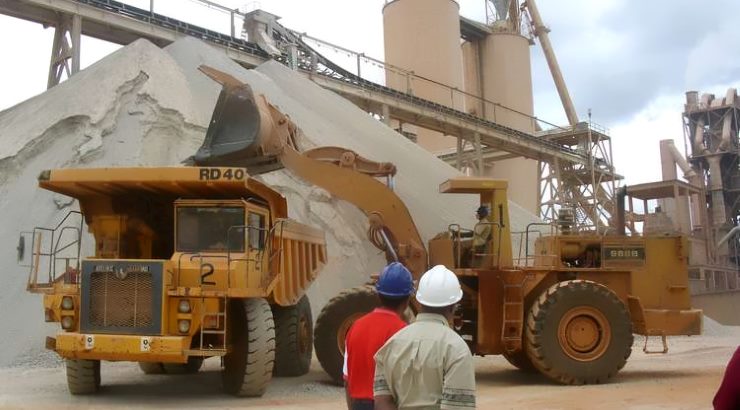Industry News
Cement Makers Dealt Blow as Mega Project Orders Decline
Demand for the product has been lukewarm since the beginning of the year.

Local cement firms are contending with lethargic growth in demand for the commodity as sinking orders from mega projects weigh heavily on the firm’s profitability.
Demand for cement has been lukewarm since the beginning of the year as key sectors such as energy infrastructure; highways and real estate continue to slow down.
In a bid to protect their bottom lines, manufacturers are engaging in fierce battles for customers which have resulted in a significant weakening of cement prices.
Although most local cement firms are not listed in the Nairobi Securities Exchange (NSE), and are therefore not obliged to disclose their financial statements, listed manufacturers have reported dismal half-year results.
The worst-hit is ARM Cement, Kenya’s third largest cement manufacturer, whose loss deepened to nearly five-fold in the six months to June 30 on reduced sales, which illustrates reduced activity in the sector.
The company, which has been in the red since 2015, said on September 1 that its net loss shot up 428.53 per cent to Sh1.41 billion from Sh266.78 million in June last year. Total revenue dropped 19.79 per cent to Sh1.32 billion in the period under review.
ARM Cement share has fared quite badly at the Nairobi Securities Exchange (NSE), losing 23.33 per cent of its value since January 1.
Kenya’s largest cement manufacturer Bamburi last month reported a 36.21 per cent drop in half-year net profit to Sh1.85 billion after turnover fell 8.21 per cent to Sh17.54 billion.
The giant manufacturer attributed the profit drop to low demand for the commodity and weakening prices due to ferocious competition from rival cement manufacturers.
“While the underlying business remains solid in Kenya, the market faced softening demand,” Bamburi managing director Bruno Pescheux said in a statement.
RELATED: Kenya Cement Exports to EA Fall as China Floods Market
Mr Pescheux was optimistic that construction activity would pick up from October with the conclusion of the presidential elections.
“We expect the Kenyan market will rebound in the last quarter (October-December) while the Ugandan market is expected to continue performing well in line with the projected growth in both the domestic and regional markets,” Pescheux said.
This is however likely to take a little longer following the Supreme Court’s annulment of the presidential election results, which has demanded a repeat of the polls.
The industry slowed – which comprises buildings, roads and railway – expanded by 8.4 per cent in the first three months of the year compared with 10.2 per cent during a similar period last year.
According to the Kenya National Bureau of Statistics, the slowdown was attributable to a high number of developers who delayed spending decisions ahead of the August 8 polls due to heightened political uncertainty.
The completion of the Mombasa-Nairobi standard gauge railway and the suspension of the Nairobi-Naivasha segment have also contributed to the contraction of the construction industry – which accounts for over 5 per cent of Kenya’s Gross Domestic Product.
That level of growth, according to the Economic Survey 2016, was “to a large extent buoyed by the development of transport infrastructure such as the continued implementation of the first phase of the standard gauge railway” and development of roads countrywide.














